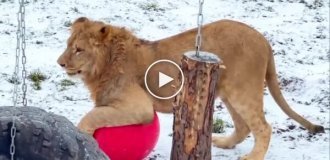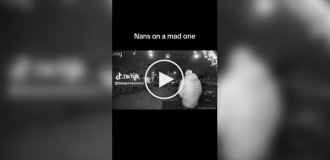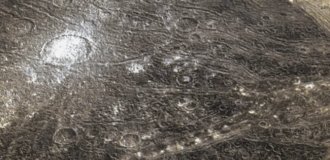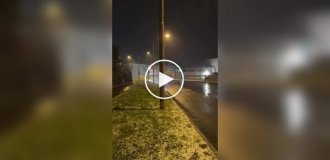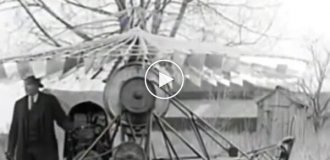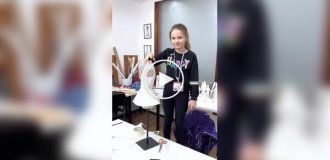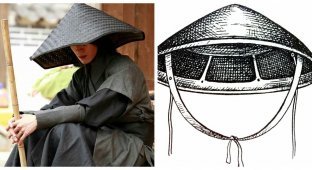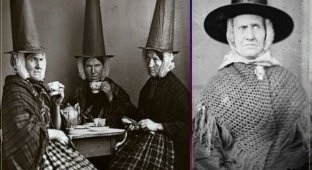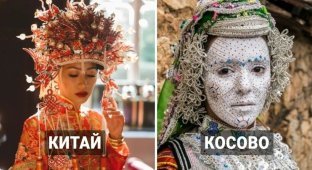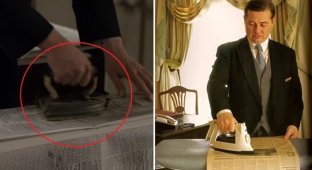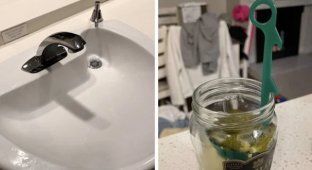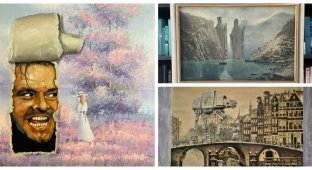Chinese women wear wigs made from the hair of dead ancestors. Why do they do it and what does it look like (12 photos)
And immediately, looking ahead and anticipating possible questions, I will say that this practice, I mean the manufacture of wigs from ancestral hair, although not ubiquitous in China, is quite You can't even call it obsolete. 
Miao women's headdress
This kind of craft is traditional among women. Miao people living in the village of Shanjiang, which is 20 kilometers from ancient city in the Chinese province of Hunan, in the village of Suojia, the city Lupanshui and 12 other small towns in China, where, say straight ahead, very difficult to get to. 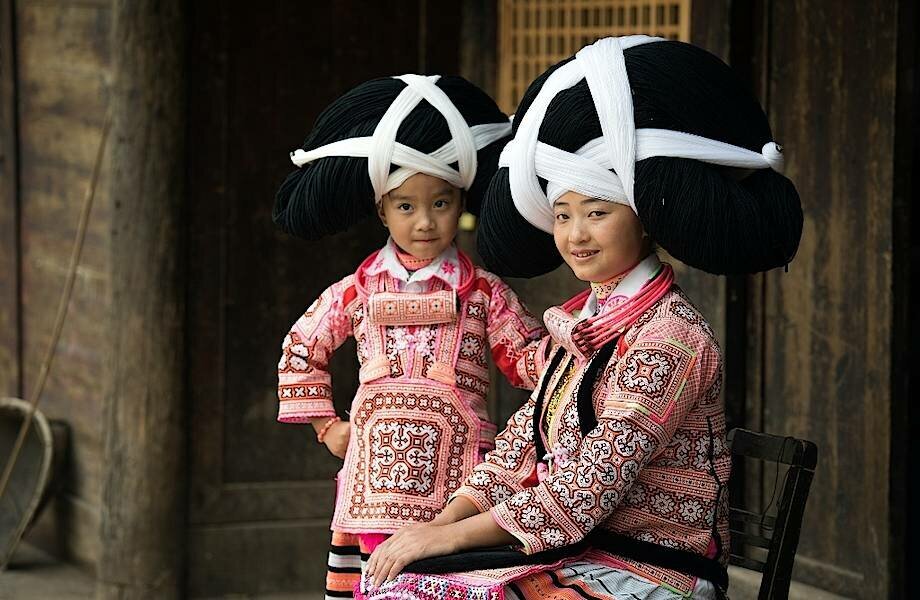
Miao women's headdress
In fact, they are all kind of living museums, whose inhabitants managed to preserve the traditional way of life and culture of the people miao almost in its original form. 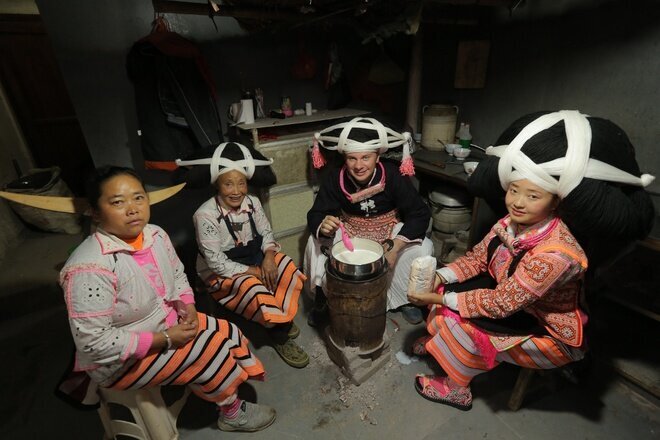
Miao women's headdress
In general, the Miao people number about 11 million. representatives residing both in China and Vietnam, in Laos, Thailand and Myanmar, which most directly affects both their appearance and the characteristics of life way of life. Miao representatives from Laos or, say, from Thailand, you can distinguish by dialect, by the color of women's clothing and the length of skirts. But the people Miao living in China has another bright distinctive feature - "chang jiao". 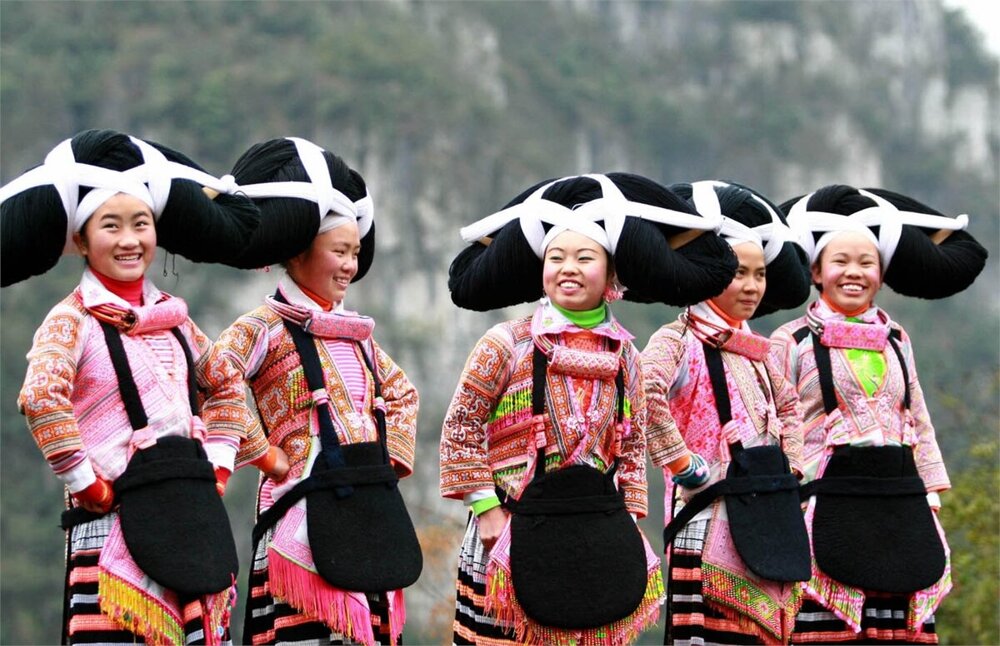
Miao women's headdress
Chang jiao is a cross between a wig and a huge headdress consisting of a wooden comb in the form crescent (or horn), fixed on the back of the head, around which are wound hair ... but not their own, but belonging to their ancestors maternal line. 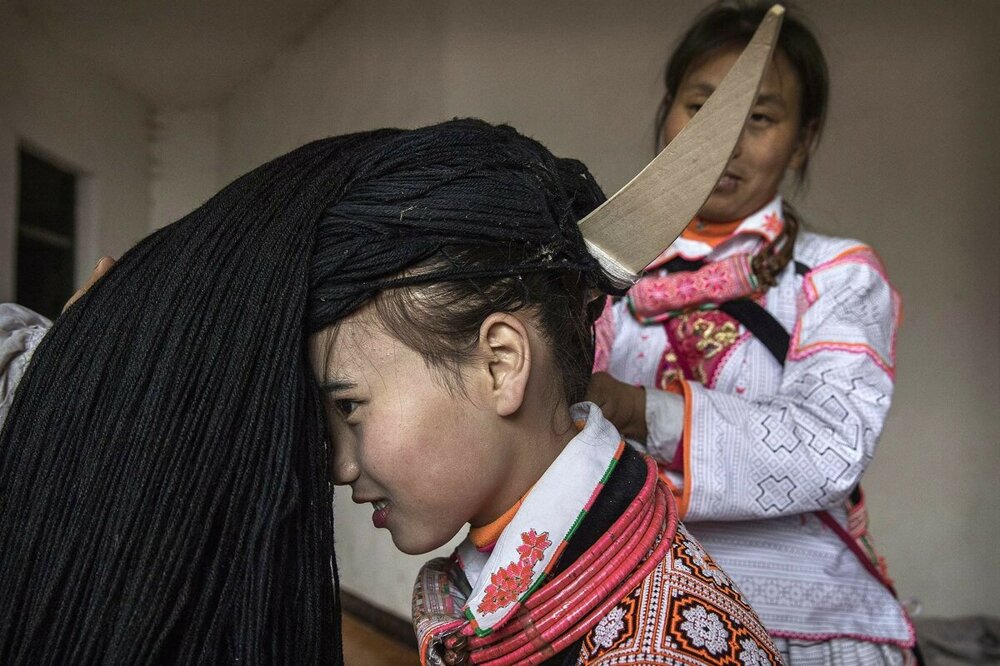
Miao women's headdress
Miao women with amazing diligence for almost all their lives they collect and store this hair, so that one fine moment make a fancy headdress out of them. The finished product is transferred from mother to daughter, so many Miao women wear chang jiao, which belonged to their great-grandmothers. Well, since the wooden comb, around which, in fact, the wig is woven, in its appearance is very reminiscent of horn, then the people themselves are often called "long-horned Miao." 
Miao women's headdress
Historians believe that the tradition of weaving hats from ancestral hair, appeared among the Chinese Miao quite a long time ago. In essence, this one the most ancient tradition that the Miao people managed to preserve and convey to the modern layman practically unchanged. The difference is only in the fact that initially it was associated exclusively with cows, which were considered sacred to the Miao. Therefore, in the manufacture headdresses often used cow hairs taken from tail or nape. 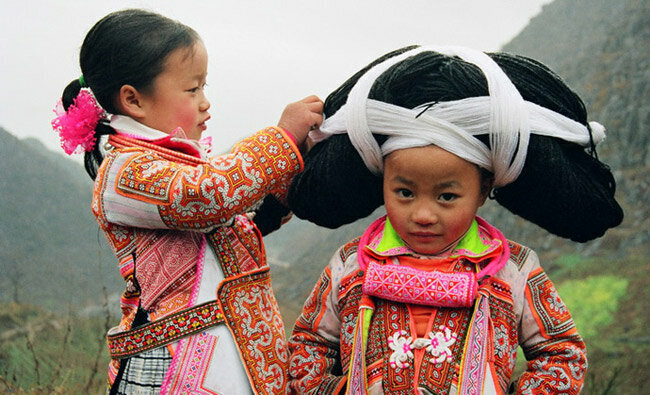
Miao women's headdress
However, the basis of chang jiao was still ancestral hair. The women of the Miao people never threw away the hair left in the comb, but they carefully collected them and stored them, so that one day they could be put into action. also in they often added their own hair, but this was done on craftsman's discretion. 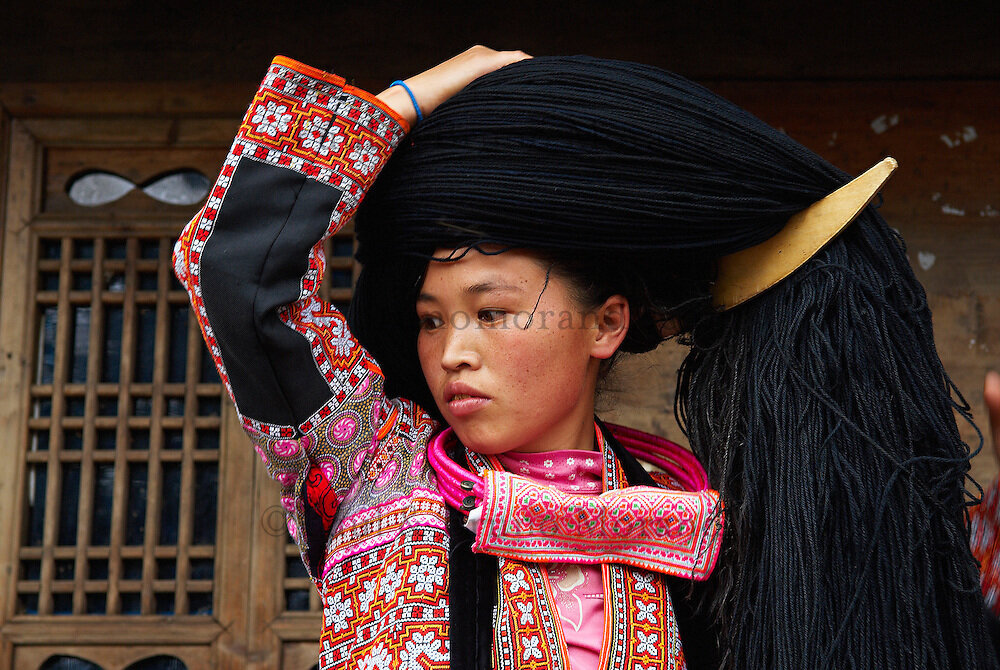
Miao women's headdress
One time wigs or headwear (choose your own) from ancestral hair was an element of Chinese women's daily dress. They woke up long before dawn, so that, properly, fixing this product on the head (and it was oh, how difficult to do it), have time to go to river and bring water before the men wake up. 
Miao women's headdress
In addition to being very uncomfortable, these wigs In addition, they also had a decent weight - 3 or more kilograms. That's why girls who wore them from morning until late in the evening had very strong neck muscles. At one time, men also wore these wigs, but at some point it turned out that the representatives of the strongthe sex is too hard to follow this tradition, so they refused to wear wigs, leaving this the prerogative of women. 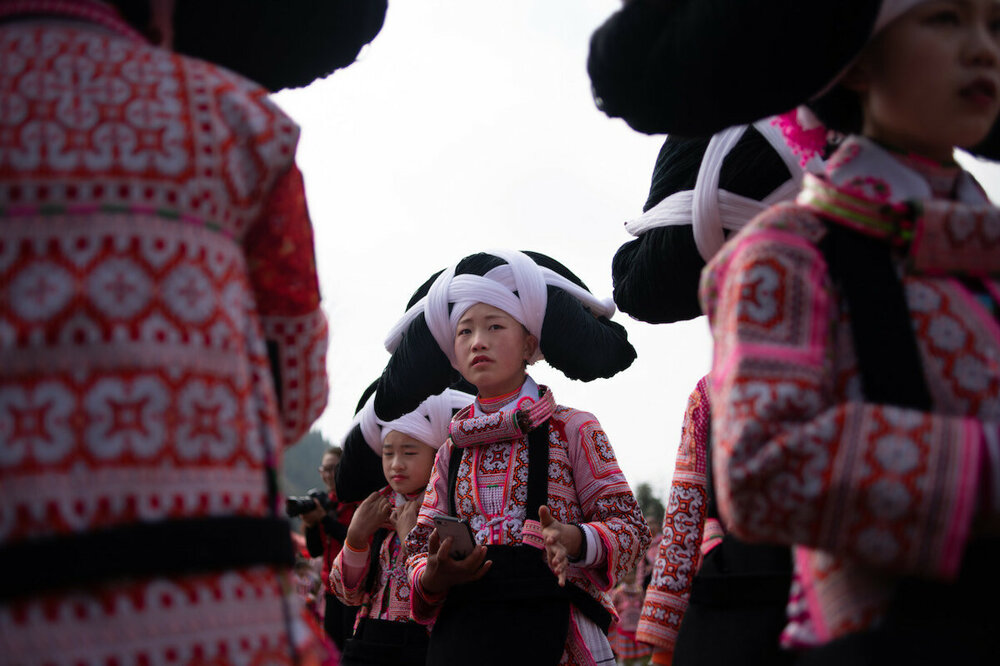
Miao women's headdress
In the future, from the category of everyday accessories, wigs from ancestral hair turned into elements of an exceptionally festive wardrobe, and women wore them only on special occasions: such as weddings or funerals. In addition, wearing similar wigs for the women of the Miao people had great meaning in terms of symbolism and faith. Wearing a headdress made from ancestral hair, Miao women paid tribute to the memory of the departed relatives and, thereby, emphasized that they will never be forgotten. 
Miao women's headdress
It must be said that rituals dedicated to the veneration of ancestors exist in many cultures, but the manufacture of headdresses from their hair is just something original! It is not surprising that such the Miao tradition even today attracts to remote Chinese villages crowds of tourists who want to see with their own eyes not only ready-made wigs, but also, of course, the process of making them. 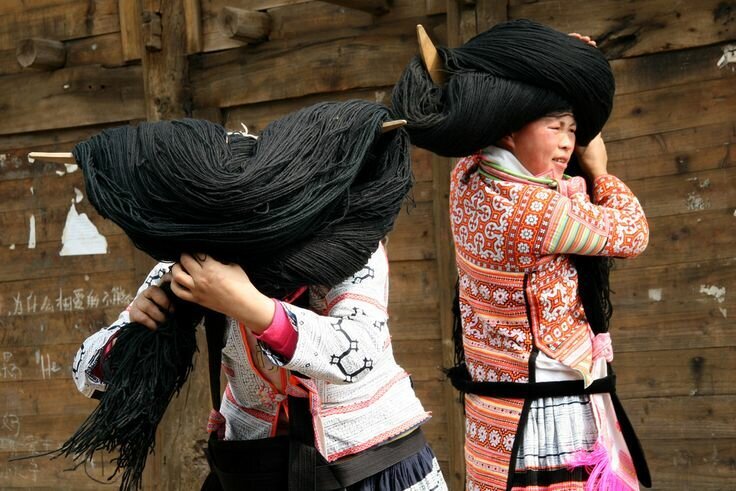
Miao women's headdress

